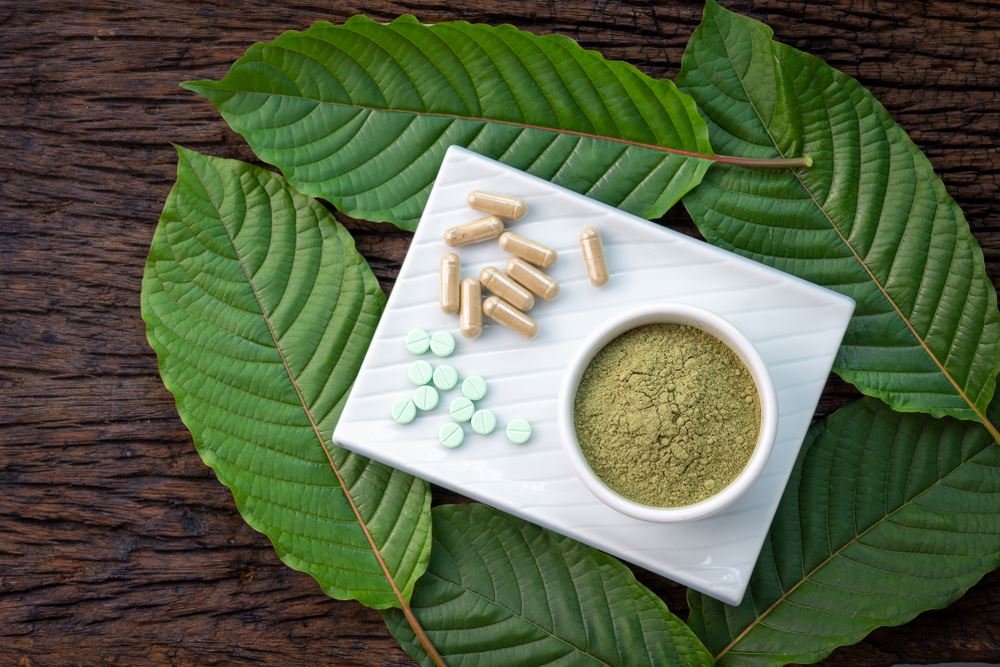Understanding the Controversy and Legal Status
Kratom, derived from the leaves of the Mitragyna speciosa tree native to Southeast Asia, is widely used for its effects, which range from pain relief and energy boosts to anxiety reduction. Despite its popularity and growing acceptance in various parts of the United States, San Diego imposed a kratom ban in 2016, making it illegal to sell, possess, or use within city limits. This ban stems from concerns over kratom’s safety, regulatory uncertainties, and its effects on public health.
This article explores the factors that led to the kratom ban in San Diego, the concerns surrounding its use, and the broader context of kratom’s legal status across the U.S.
Understanding Kratom and Its Uses
Kratom contains active alkaloids like mitragynine and 7-hydroxymitragynine, which interact with the brain’s opioid receptors, producing both stimulant and sedative effects depending on the dose. It has gained popularity in the U.S. for its reported ability to relieve chronic pain, boost energy, reduce stress, and manage opioid withdrawal symptoms. However, its effects and growing use have raised concerns among regulatory agencies and local governments.
Why Did San Diego Ban Kratom?
In 2016, the San Diego City Council voted to classify kratom as a Schedule I substance within the city, placing it alongside drugs like heroin and LSD. This decision was driven by several key concerns:
1. Safety and Health Concerns
One of the primary reasons for the ban is the health risks associated with kratom use. Reports of side effects such as nausea, dizziness, constipation, and increased risk of dependency contributed to San Diego’s concerns. Kratom’s interaction with opioid receptors also raised red flags, as it shares some of the same effects as opioids, although kratom is generally considered less addictive than traditional opioids.
Authorities worry that unregulated kratom products could lead to unpredictable effects or adverse reactions, especially for users who might be unaware of the correct dosage.
2. Potential for Abuse and Dependency
Kratom’s ability to activate opioid receptors makes it potentially addictive when used in high doses or over extended periods. This characteristic aligns it with substances that carry abuse potential, leading the San Diego City Council to view it as a public health risk. While many users report that kratom helps them manage chronic pain or anxiety, there are concerns that it could become habit-forming, especially among those using it as a substitute for other substances.
3. Lack of FDA Regulation
The U.S. Food and Drug Administration (FDA) has not approved kratom for any medical use, and it remains an unregulated substance at the federal level. The FDA has raised safety concerns about kratom, warning consumers about risks like contamination (with heavy metals and salmonella) and the lack of standardization among kratom products. The absence of regulatory oversight means that kratom’s purity and potency can vary widely, increasing the risk for consumers. San Diego’s decision to ban kratom reflects the precautionary stance taken due to the lack of federal regulation and standardized safety measures.
4. Reports of Adverse Reactions and Deaths
Although kratom is generally considered safe when used responsibly, there have been reports linking high doses or adulterated kratom products to adverse health effects, including fatalities. The majority of these cases involve individuals using kratom in conjunction with other substances, making it difficult to attribute the outcomes solely to kratom. Nonetheless, these reports have raised concerns among city officials about the potential health risks for San Diego residents, contributing to the decision to ban it.







